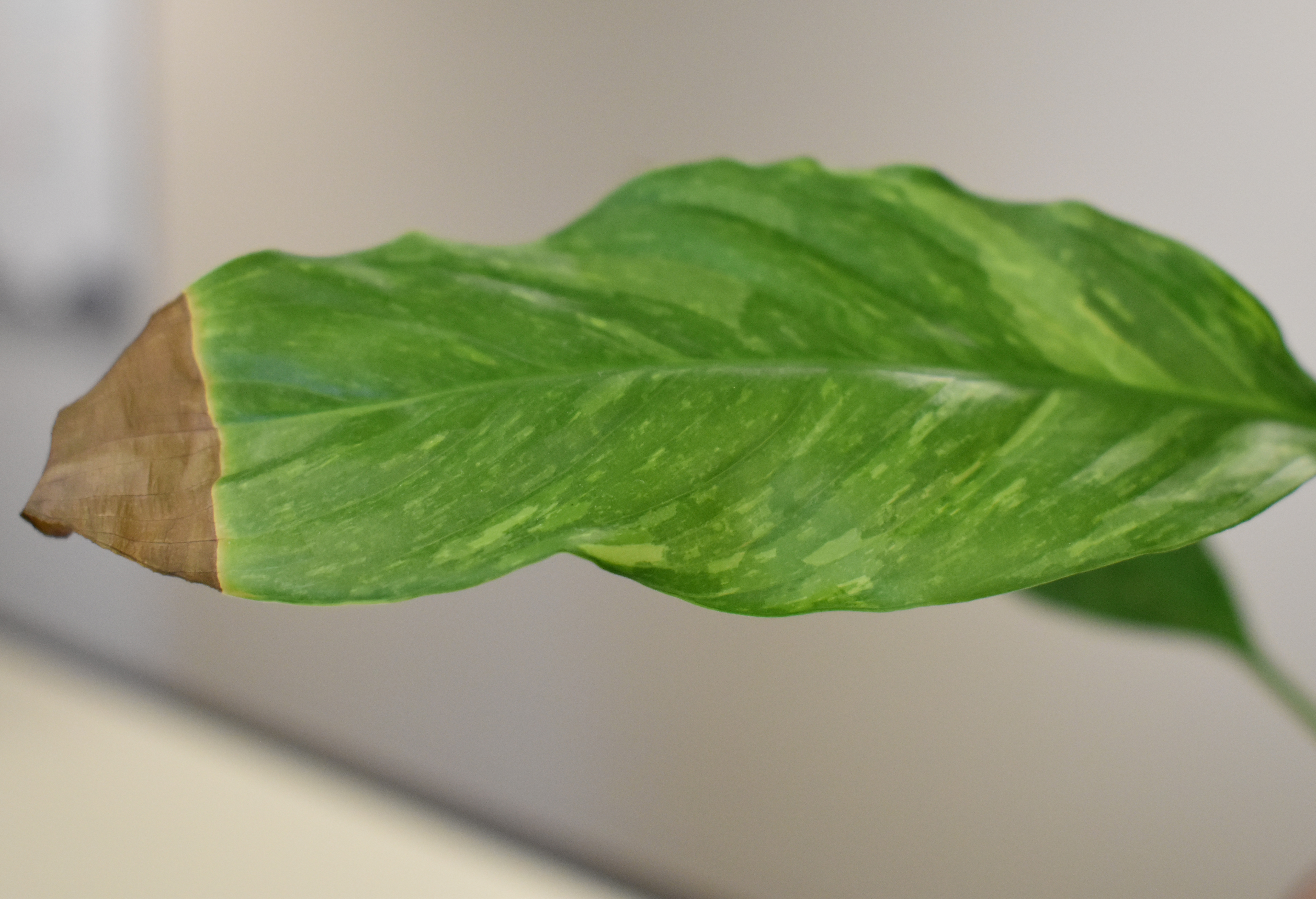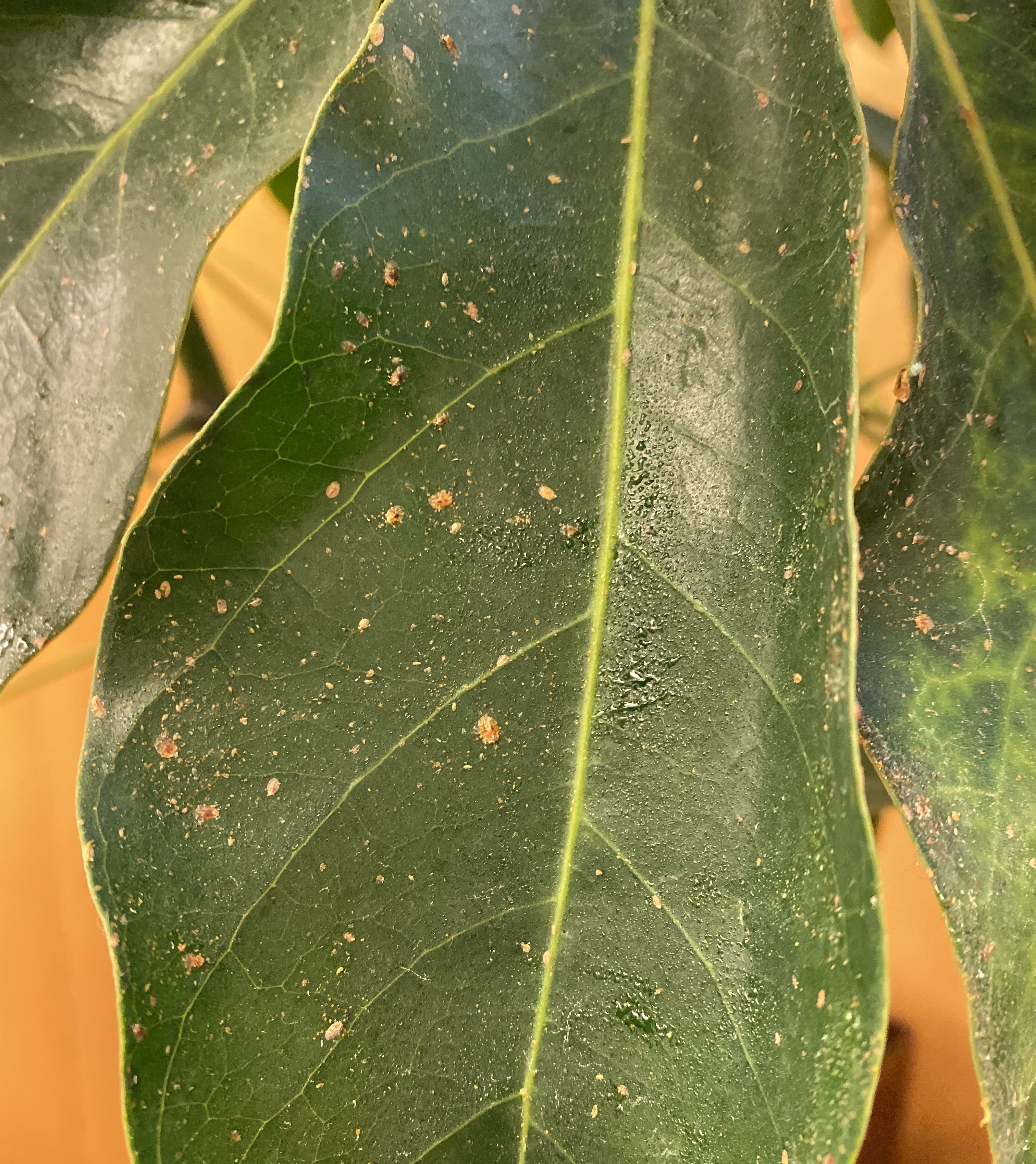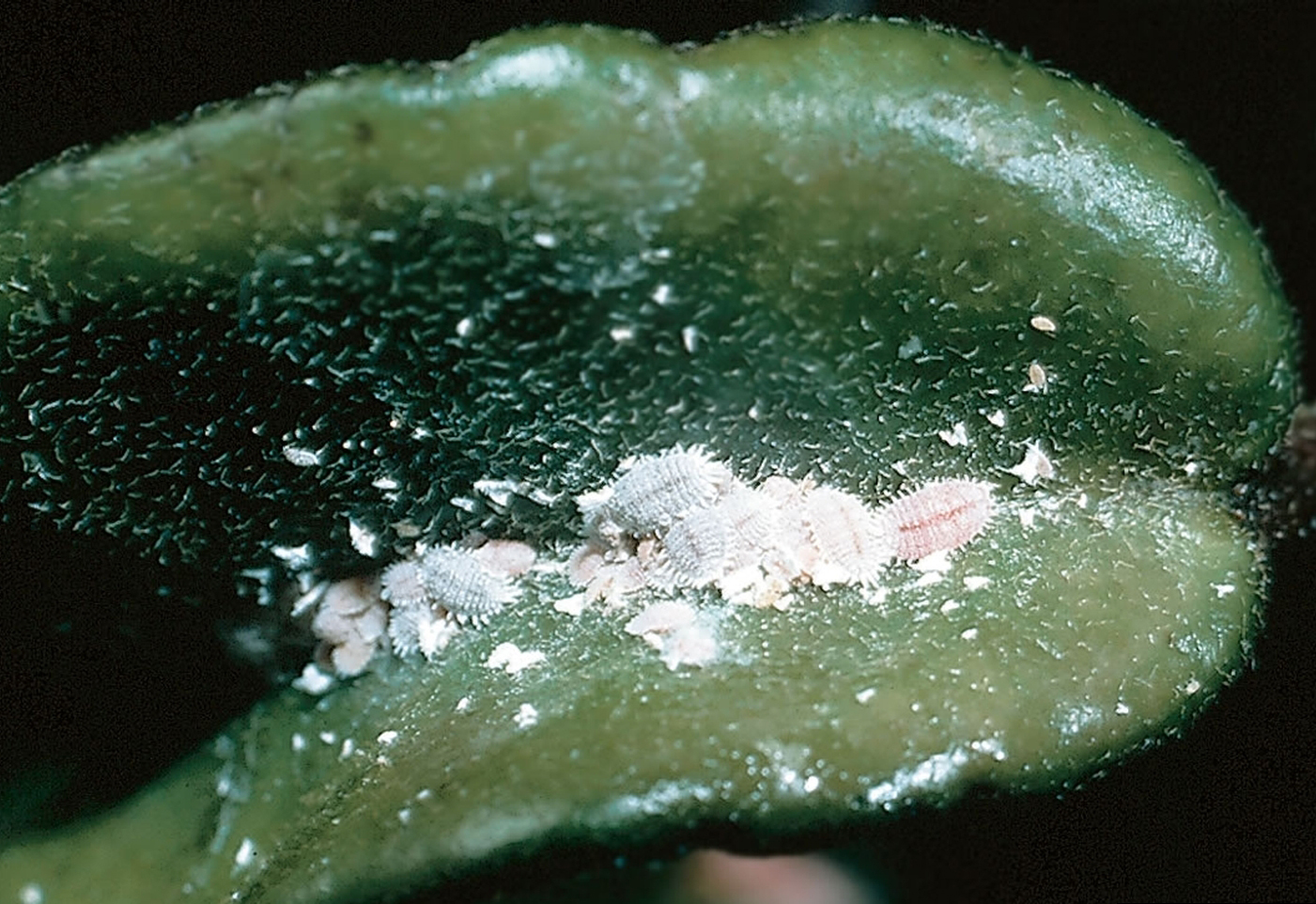Why is my indoor plant unhappy?
Consider the growth conditions of your indoor plants when investigating plant problems.

Indoor plants make great roommates. They brighten the mood in any room, keep quiet hours and don’t leave dirty dishes in the sink. They cannot, however, tell us when something is wrong. Diagnosing plant problems can require a bit of detective work. Like a detective, you will need to gather information. Do you know what type of plant you have? Different plants have different light, water and nutrient requirements. If you know the identity of your plant, you can provide the best possible growth conditions and learn what is a normal appearance. Some indoor plants change with the seasons or have flower structures that appear alarming when they first begin to emerge.
If you are confident that changes you observe are not normal, examine your plant care conditions. Overwatering a plant can be as harmful as underwatering. Research the moisture preference of your plant and water based on the wetness of the potting media rather than the calendar. Excessively wet or waterlogged potting media can lead to root rots, wilting and overall collapse of the plant, which mimics symptoms of underwatering.

Water needs may change with the season, even for an indoor plant. Tip burn is a frequent problem that can be caused by inconsistent watering, salt build-up from excess fertilizer, salts in hard water or fluoride. Additionally, review recent changes to your plant care routine. Have you applied pesticides? Have you moved the plant or exposed it to temperature changes? A sudden increase or decrease in light conditions can stress a plant. If you move a plant to conditions with increased light, slowly acclimate over several days thereby reducing the likelihood of shock to high light conditions.

If your investigation reveals that your indoor plant is in the optimal growing conditions and there have been no recent changes, you may consider the possibility of a pest insect or disease influencing the decline of the plant’s overall health. New plants, or plants that have been outdoors for the summer and moved indoors, can introduce insect pests. Inspect new plants or plants brought indoors for any insects or damage. Mealybugs, spider mites, aphids and soft scale are small but visible upon careful inspection under or on top of leaves, stems or growing points. Quarantine new indoor plants for at least two weeks and inspect again for insects or damage before adding them to your existing plant collection.

Fungus gnats are ubiquitous pests that lay eggs in wet potting media. Larvae chew on the plant roots and the flying adults are household pests. Maintaining proper potting media moisture is key to preventing fungus gnats.
Should your pest problem require the use of a pesticide, choose one registered for indoor use and always confirm the presence of the insect or disease you plan to treat. The pesticide label will indicate if it can be used on this particular plant and if it is effective for the insect pest. If an insect problem is severe and threatens other plants in your collection, you may need to discard the infested plant.

Keep in mind that once you have investigated and solved your plant problem, the damage caused to a leaf will remain visible until that leaf has been shed.
If you need assistance with your investigation, you can upload pictures and questions to the Michigan State University Extension Ask an Expert resource or call the MSU Extension toll-free Lawn and Garden Hotline at 1-888-678-3464.



 Print
Print Email
Email




